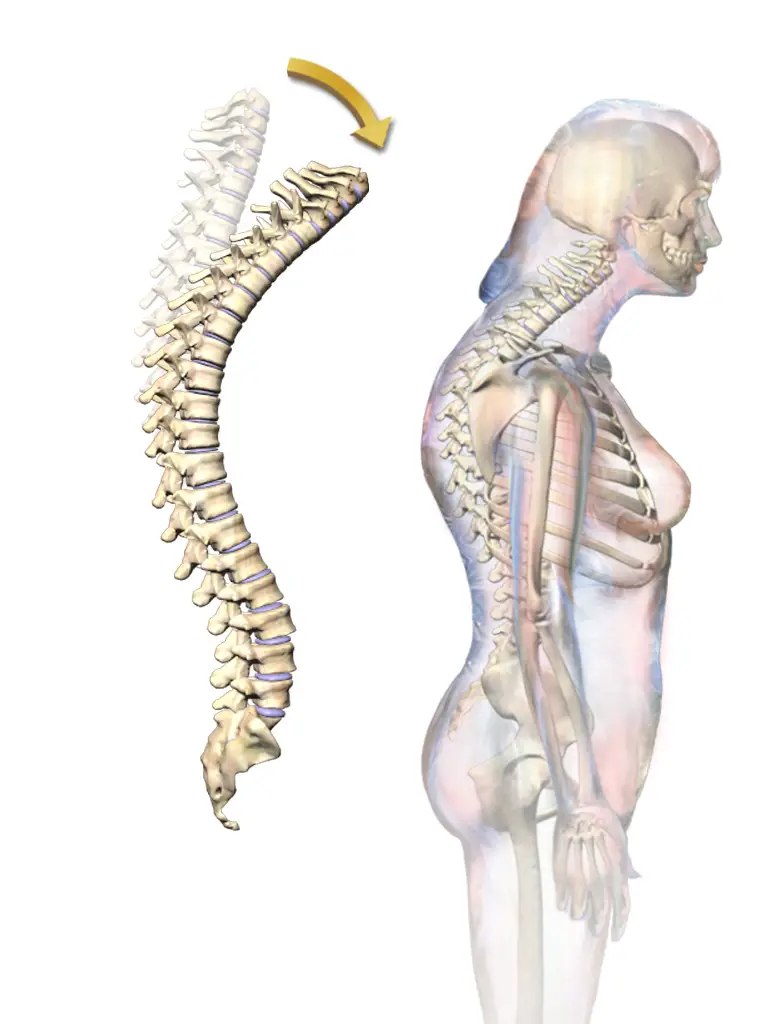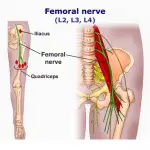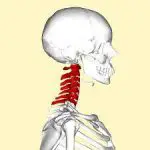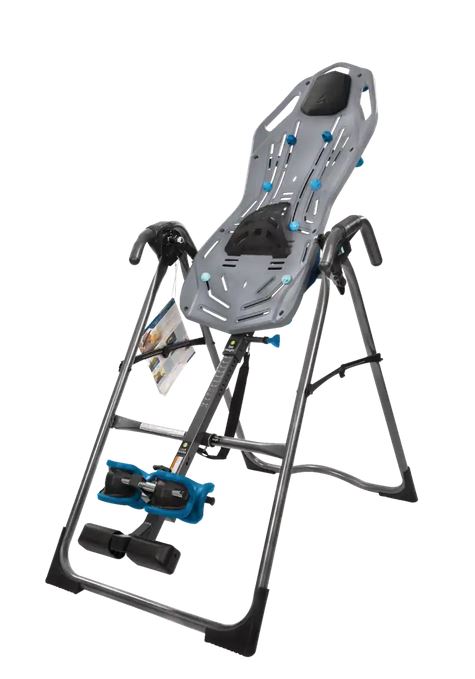Kyphosis has been linked to several health problems, including back pain, joint problems, and poor posture. While more profound medical treatments are available for kyphosis, some people may find that using an inversion table can help improve their condition. So, can an inversion table help kyphosis?
The short answer is that it depends on the cause of your kyphosis. If your kyphosis is due to poor posture, an inversion table may help you temporarily relieve some of the pain. However, it is essential to note that this is not a cure for kyphosis, and you will need to continue to use the inversion table regularly to maintain the relief.
How does an Inversion table help with kyphosis?
Since the primary purpose of an inversion table is to stretch the spine and decompress the discs, it can help relieve pressure on the nerves. Inversion therapy may also help improve blood circulation and reduce inflammation. The benefits can help treat kyphosis.
With kyphosis being a medical condition in which the thoracic spine curves too much forward, inversion therapy will help relieve the pain and improve breathing. The upside-down hanging position achieved through an inversion table will help decompress the discs and elongate the spine. That can serve as a form of traction and help provide relief.
It is not a cure but can serve as a form of pain management for kyphosis. The inversion table will help stretch the spine and improve blood circulation. That can decrease inflammation, which can help with pain management. Using an inversion table is a short-term solution and will not cure kyphosis.
If you have mild to moderate kyphosis, using an inversion table may help you find some relief. However, if you have severe kyphosis, you must consult with a doctor to discuss your treatment options. An inversion table may help relieve some symptoms of kyphosis, but it is not a cure. If you are looking for a more long-term solution, you should speak with your doctor about other treatment options.
How to use an inversion table for kyphosis?
Using an inversion table is a simple process. However, some people may experience discomfort when using an inversion table for the first time. Knowing the correct way to use an inversion table is essential to avoid any injuries is vital.
Please consult your doctor: It is always essential to consult with your doctor before beginning any new exercise or treatment regimen. That is especially true if you have a pre-existing medical condition. Your doctor can tell you if using an inversion table is safe for you and can offer suggestions on how to use it correctly.
Find an open space: You will need to find an open space in your home where you can set up the inversion table. It is vital to ensure that the area is free from any obstacles that could trip you while you are inverted.
Please start with the lower degree: When using an inversion table, beginning with a lower degree of inversion is crucial. That will help your body get used to the sensation of being inverted. Slowly increase the degree of an inversion over time as your body becomes more comfortable with the position.
Adjust the straps: Make sure to adjust the straps on the inversion table so that they are tight enough to keep you secure but not too tight that they are uncomfortable.
Invert slowly: When you are ready to invert, do so slowly and carefully. You should not move too quickly, or you could risk injuring yourself.
Breathe Normally: It is important to breathe normally while you are inverted. Do not hold your breath, as this could cause you to feel dizzy.
Hang for 1-3 minutes: You should hang for 1-3 minutes at a time when you first start using the inversion table. Slowly increase the time you spend inverted as your body becomes more used to the position.
Repeat as necessary: Repeat the process as essential to find relief from your kyphosis.
Safety Measures to Take When Using an Inversion Table for Kyphosis
Safety is a big part of using an inversion table. There are a few safety measures that you should take to avoid any injuries. Below are a few safety tips to follow when using an inversion table for kyphosis treatment:
Read the manufacturer’s instructions: First, make sure that you follow all of the manufacturer’s instructions for set-up and use. This step is vital because inversion tables can be dangerous if misused.
Wear comfortable clothing: You will want to wear comfortable, loose-fitting clothing when using the inversion table. Clothing that is too tight can restrict your movement and cause discomfort.
Start slowly: When you first use the inversion table, it is crucial to go slow. Start by inverting for short periods and gradually increasing the time you spend inverted.
Listen to your body: It is essential to listen to your body when using the inversion table. If you feel pain, dizziness, or nausea, stop inverting and come down slowly.
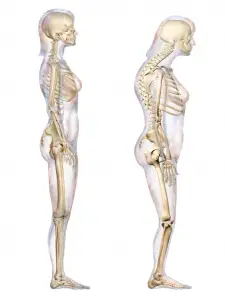
What are the advantages of using an inversion table for kyphosis?
There are several advantages of using an inversion table for kyphosis. We are going to discuss three of the most important benefits.
1. Inversion therapy can help to reduce the curvature of the spine.
2. Inversion therapy can help to improve your posture.
3. Inversion therapy can help to stretch and strengthen the muscles and ligaments surrounding the spine.
These are just a few advantages of using an inversion table for kyphosis. If you are suffering from kyphosis, talk to your doctor about whether or not the inversion table is right for you.
Are there any risks?
As with any therapy, some risks are associated with inversion table therapy. The most common risk is that of injury. That is why it is essential to follow the manufacturer’s instructions and start slowly. Another risk is that of exacerbating existing conditions.
Inversion therapy could worsen your spine if you have a herniated disc or other spine condition. Be sure to talk to your doctor before starting inversion therapy if you have any spine conditions. In general, inversion table therapy is safe for most people. However, it is always a good idea to talk to your doctor before starting any new type of therapy.
Conclusion
If you are suffering from kyphosis, you may be wondering if an inversion table can help. The answer is yes! Inversion therapy can help reduce the curvature of the spine, improve your posture, and stretch and strengthen the muscles and ligaments surrounding the spine.
However, it is crucial to follow the manufacturer’s instructions and start slowly. Inversion therapy is safe for most people, but as with any therapy, some risks are associated with it. Be sure to talk to your doctor before starting inversion therapy.
